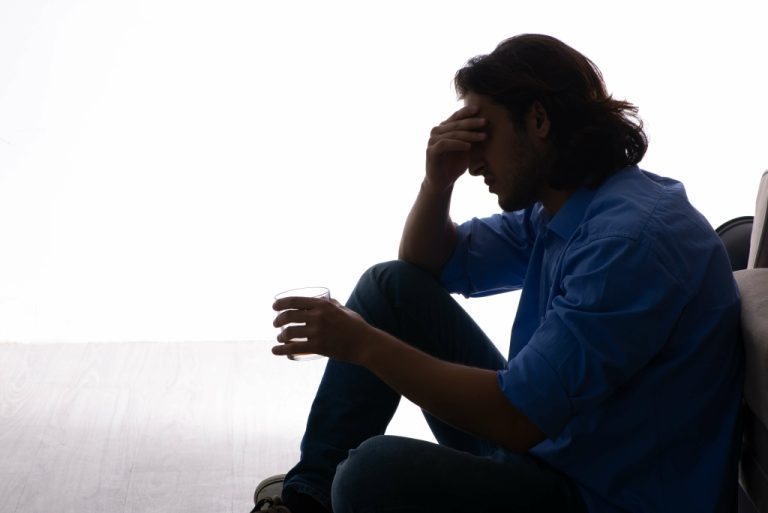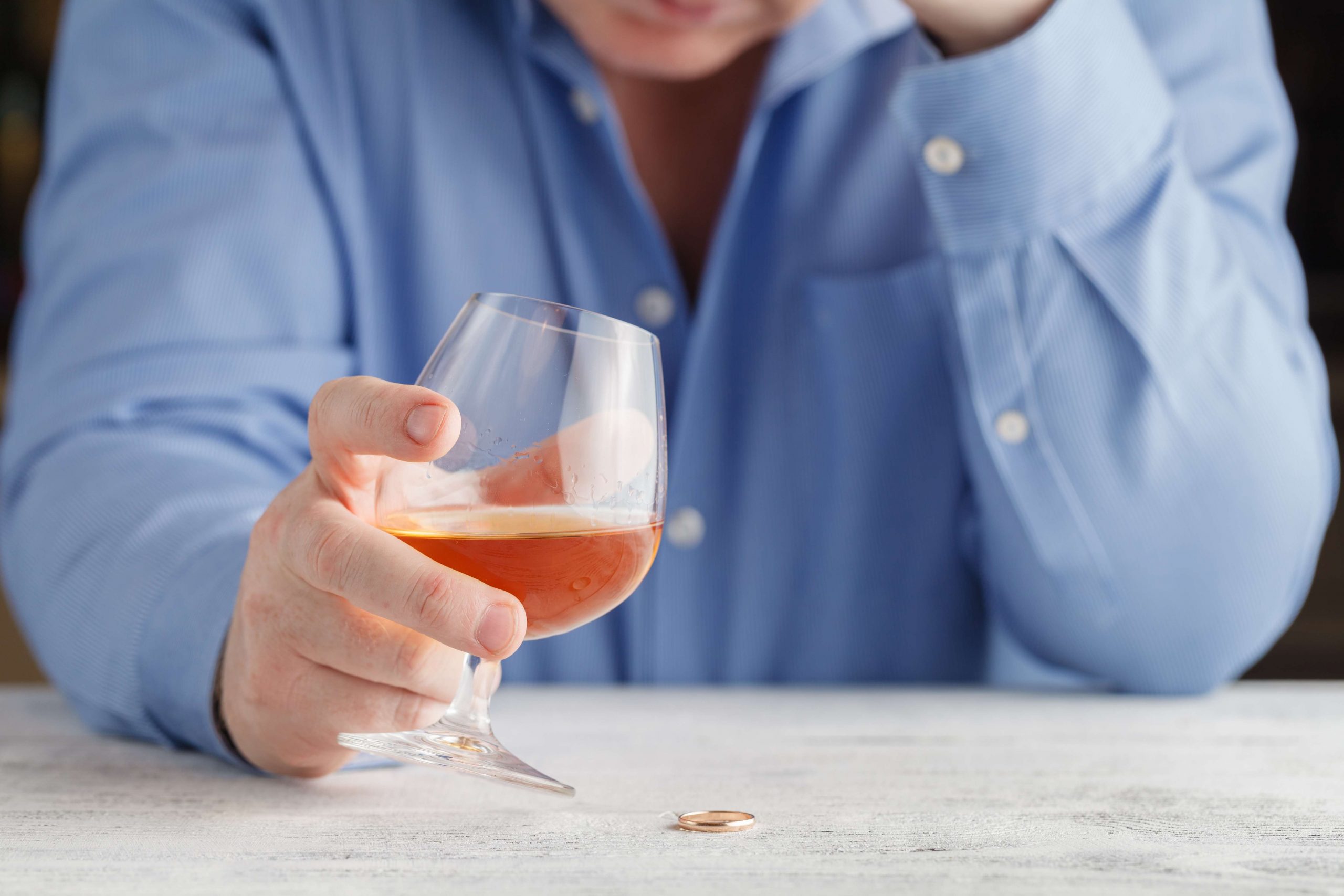March 17, 2025
Red Nose And Alcoholism: Is There A Link?
This examination is essential for accurate diagnosis and to differentiate rhinophyma from other potential conditions affecting the nose. Understanding these non-alcoholic causes is vital for accurate diagnosis and effective treatment. This may include medication or surgery to manage symptoms and improve the nose’s appearance. Other factors include the presence of prominent blood vessels, known as telangiectasia or venulectasia, and a predisposition to facial flushing.
What are the symptoms of rosacea?

These procedures aim to reshape and smooth the affected areas of the nose, improving both function and appearance. Also, chronic infection often results because the fluid from the sebaceous glands thickens and can hold bacteria. Finally, acne rosacea advances to late-stage rosacea, and rhinophyma is an aspect of this. Contact your doctor right away if you have any signs of infection or other concerns about how your skin is healing.
Symptoms of Alcoholic Nose
As one of the worst types of rosacea, rhinophyma gradually develops over the years, eventually resulting in the red, bumpy, and inflamed appearance that alcoholic nose is known for. In addition to the amount of alcohol consumed, other factors can influence the length of time that an alcoholic’s nose stays red. For instance, certain medications or medical Sober living house conditions can interfere with the body’s ability to metabolize alcohol, leading to an increased redness of the nose. Furthermore, alcoholics who engage in heavy drinking on a regular basis can experience an increased redness of the nose, as the body becomes more tolerant to the effects of alcohol. While there is no cure for rhinophyma, several treatment options can help manage the symptoms and improve the appearance of the nose. A combination of medical treatments and lifestyle changes often yields the best results.

Symptoms
While its name suggests a direct link to alcohol consumption, the reality is more nuanced, and many individuals with rhinophyma do not have alcohol https://ecosoberhouse.com/ use disorder. In this article, we’ll delve into the causes, symptoms, and treatments for alcoholic nose, providing a comprehensive understanding of this condition. Early-stage rhinophyma symptoms are consistent with rosacea and may include facial flushing or redness. As the condition progresses, symptoms like an enlarged nasal tip (bulbous nose), disfigurement, and a bumpy or ridged facial texture may occur.

Skin Treatments for Rosacea
If you are curious about the options that are available to you, you should consult your primary care physician and see what kinds of treatments they recommend. For those who are unable to reduce or eliminate their alcohol consumption, topical creams or lotions may help to reduce the redness of the nose. These products can help to soothe the skin and reduce the irritation caused by alcohol, which can help to reduce the redness of the nose. There are several steps an alcoholic can take to prevent their nose from turning alcoholic nose red. This will help to prevent the body from releasing endorphins and will also help to reduce the direct skin irritation caused by alcohol. The length of time that an alcoholic’s nose stays red can vary depending on the amount of alcohol consumed, the individual’s tolerance to alcohol, and other factors.
These symptoms may seem negligible but can worsen if not addressed promptly. From our certified therapists and nurses to our emotional support animal “Cooper”, our entire team is dedicated to the health and success of our clients throughout our program and beyond. Dr. Curl is the Medical Director and primary on-site provider for First Steps Recovery. Following several years work as an internist and physiatrist (physical medicine and rehabilitation). Dr. Curl completed the Addiction Medicine Fellowship at Howard University in Washington DC and participated as a RAM Scholar (Research in Addiction Medicine). While part of the fellowship, Dr. Curl pursued research investigating the barriers to expanding and improving medication for opioid use disorder.
- Alcohol does not cause rhinophyma, but it can aggravate a rosacea flare-up.
- Usually, rhinophyma involves reddening of the nose and a noticeably bulbous nose, which means that the nose becomes enlarged, more pronounced, and rounder.
- Recurrence is possible but uncommon when patients maintain proper post-surgical care and ongoing rosacea management with sun protection and trigger avoidance.
- Alcohol causes blood vessels to dilate and can trigger inflammation, which may exacerbate both rosacea and rhinophyma symptoms.
- Without treatment, alcohol abuse can turn into a life-threatening addiction.
BlueCrest Recovery Center
- People can experience rhinophyma without drinking alcohol or very occasionally drinking it.
- If you’re struggling with alcohol addiction, many treatment options are available.
- In some cases, people may experience ocular rosacea before symptoms on the skin begin.
- When choosing an alcohol addiction treatment center, it’s important to choose one that understands the disease of addiction and the best ways to help promote strong, lasting change.
Rhinophyma predominantly affects Caucasian men between the ages of 50 and 70. It is crucial to note that rhinophyma is estimated to affect only a small number of patients with rosacea. After a dedicated messaging and education campaign by people in healthcare in the UK, smoking has steadily declined….